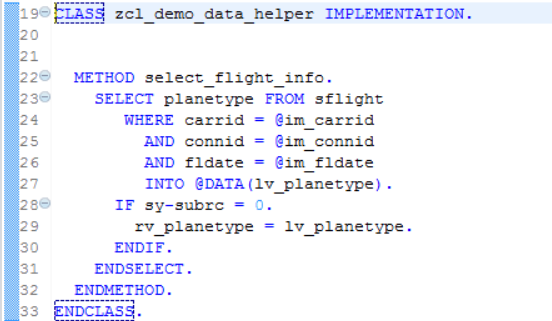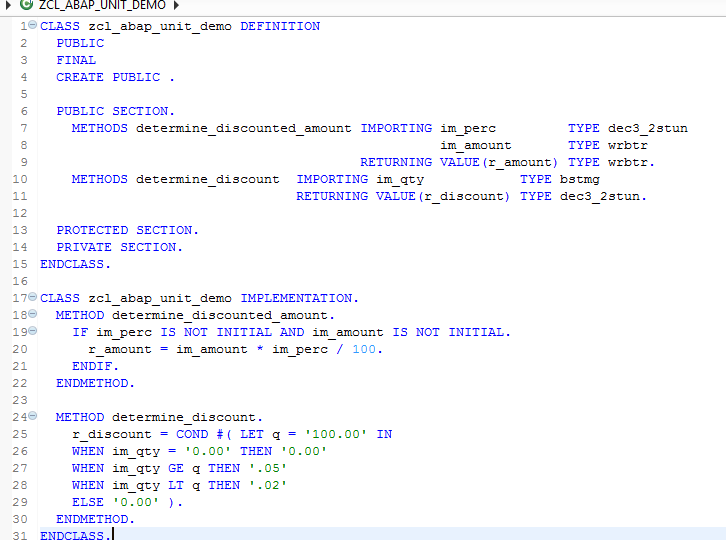ABAP Unit does not replace good system or integration testing, but it can prepare your code so that these tests can be successfully completed in a shorter time period.
SAP Tools & Utilities
ABAP Unit Test class, a simpler way to verify the behavior of our code. The unit test class not only check the code coverage but helps a developer to cover all possible scenarios of a code leading to more reliable code with less chances of rework.
Executing and interacting with the host operating system in ABAP is easy to do. SAP has created a framework for you to first configure via SM69 and then use via the delivered API SXPG_COMMAND_EXECUTE.
The SQL Trace, which is part of the Performance Trace (transaction ST05), is the most important tool to test the performance of the database. Now you as of ABAP 7.2, you execute it and other important measurements from inside the New ABAP Debugger.
SAP ABAP Debugger Scripting is a new tool added in SAP Netweaver 7.0 EHP2. It is a feature available in the New ABAP Debugger. However, just like some of the other debugger options, you need to check whether the security team has
How many of us have had this happen during debugging? You need to analyze a bug, or you want to find out how an application works. And you don’t know where exactly to set a breakpoint. So you start the ABAP Debugger and start stepping through the code. And you keep on stepping through the code, endlessly, without reaching any of the application logic in which you are interested! Well there is a solution and its Software Layer-Aware Debugging (SLAD), sometimes referred to as Profile Controlled Debugging.
Typically, you use the delivered WHERE-USED functionality of the Repository Information System (SE84) inside an SAP instance to discover where the subject object is called or referenced. But what if the objects calling reference is not in the system that has the RFC? You could log on to every SAP system and do a Where-Used, or we can learn from Henry and use his tool. Part 2 of this series does a deep dive into the ALV design and programming, and delivers the user the entire code base.
Typically, you use the delivered WHERE-USED functionality of the Repository Information System (SE84) inside an SAP instance to discover where the subject object is called or referenced. But what if the objects calling reference is not in the system that has the RFC? You could log on to every SAP system and do a Where-Used, or we can learn from Henry and use his tool. Part 1 of this series lays the foundation for understanding the problem and how to address it.
ots of factors can give rise to slow execution of a transaction or a report. Sometimes there are general system problems. Sometimes users use the program in a way it was not designed for. Sometimes the nature of the application and workload calls for parallel processing. And sometimes the source of the performance issue can be traced back to your ABAP code, mainly the construction of your OPEN SQL.
While there are many reasons other than database performance that could be causing the performance problem, this blog series will focus on just this aspect. If you’ve ruled out deficiencies in the system setup, mishandling by users, or the need for parallel processing, then you need to revisit your code and see if the source of your performance problem is hiding there.
Lots of factors can give rise to slow execution of a transaction or a report. Sometimes there are general system problems. Sometimes users use the program in a way it was not designed for. Sometimes the nature of the application and workload calls for parallel processing. And sometimes the source of the performance issue can be traced back to your ABAP code, mainly the construction of your OPEN SQL.
While there are many reasons other than database performance that could be causing the performance problem, this blog series will focus on just this aspect. If you’ve ruled out deficiencies in the system setup, mishandling by users, or the need for parallel processing, then you need to revisit your code and see if the source of your performance problem is hiding there.



